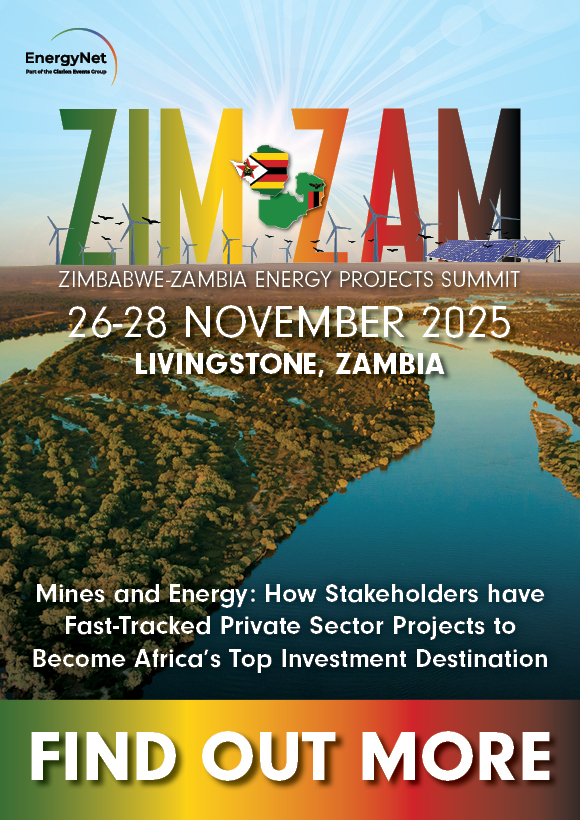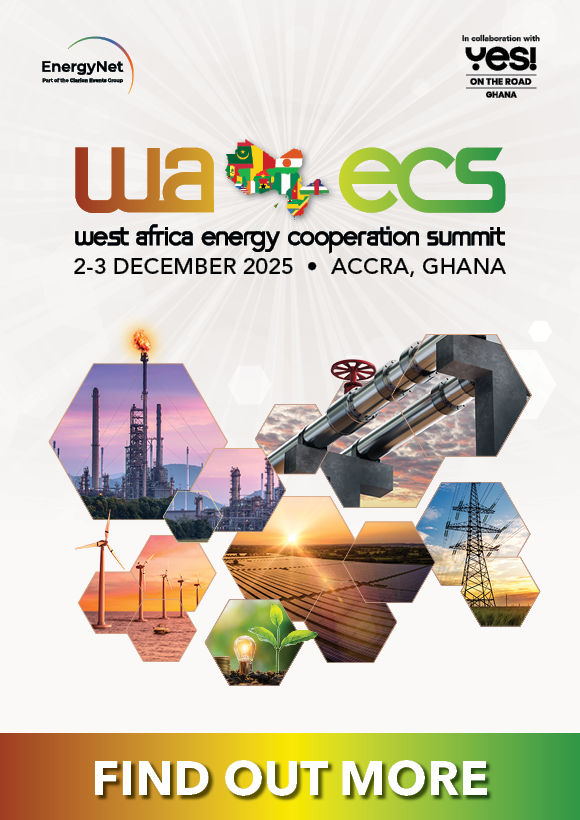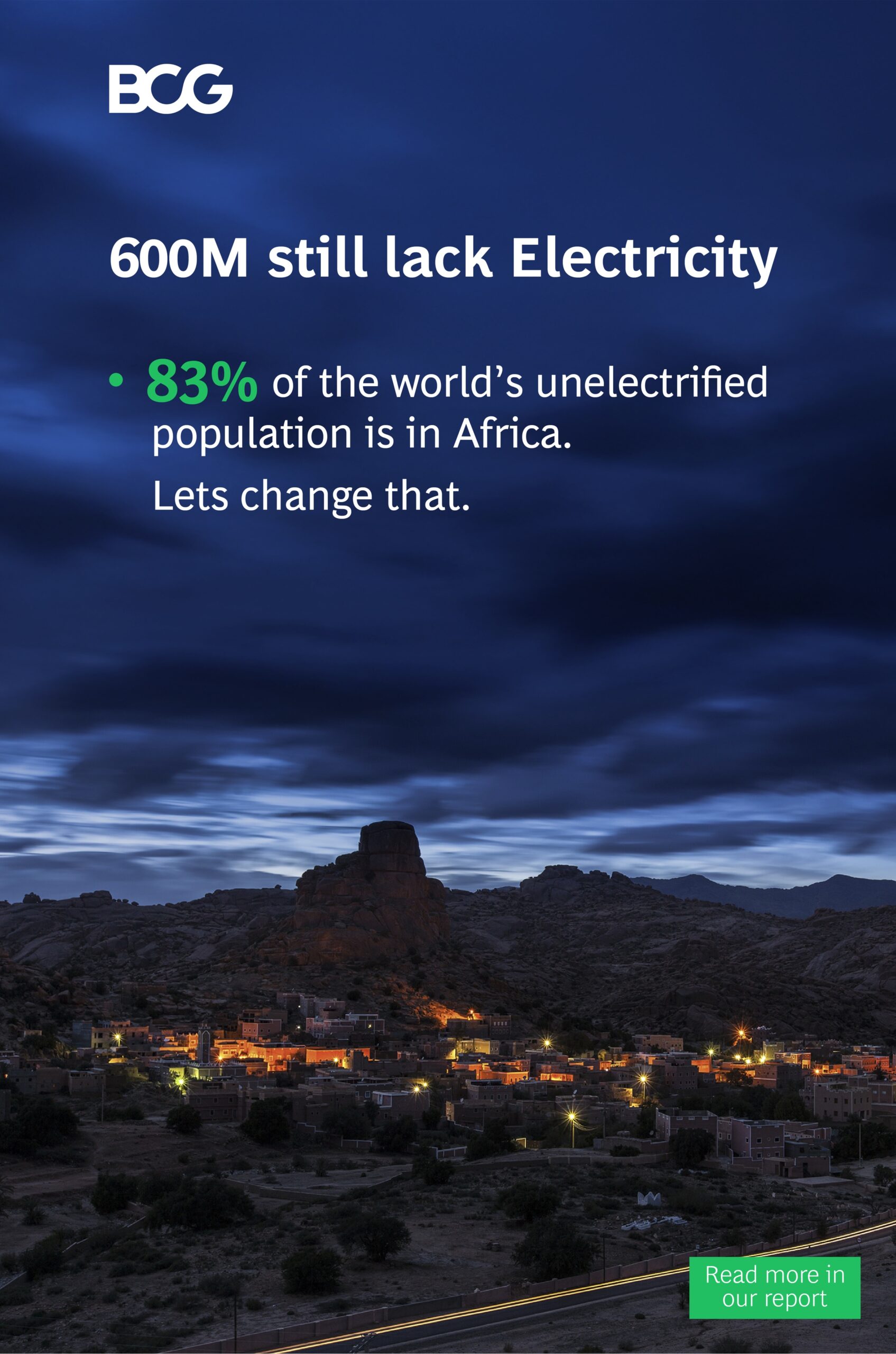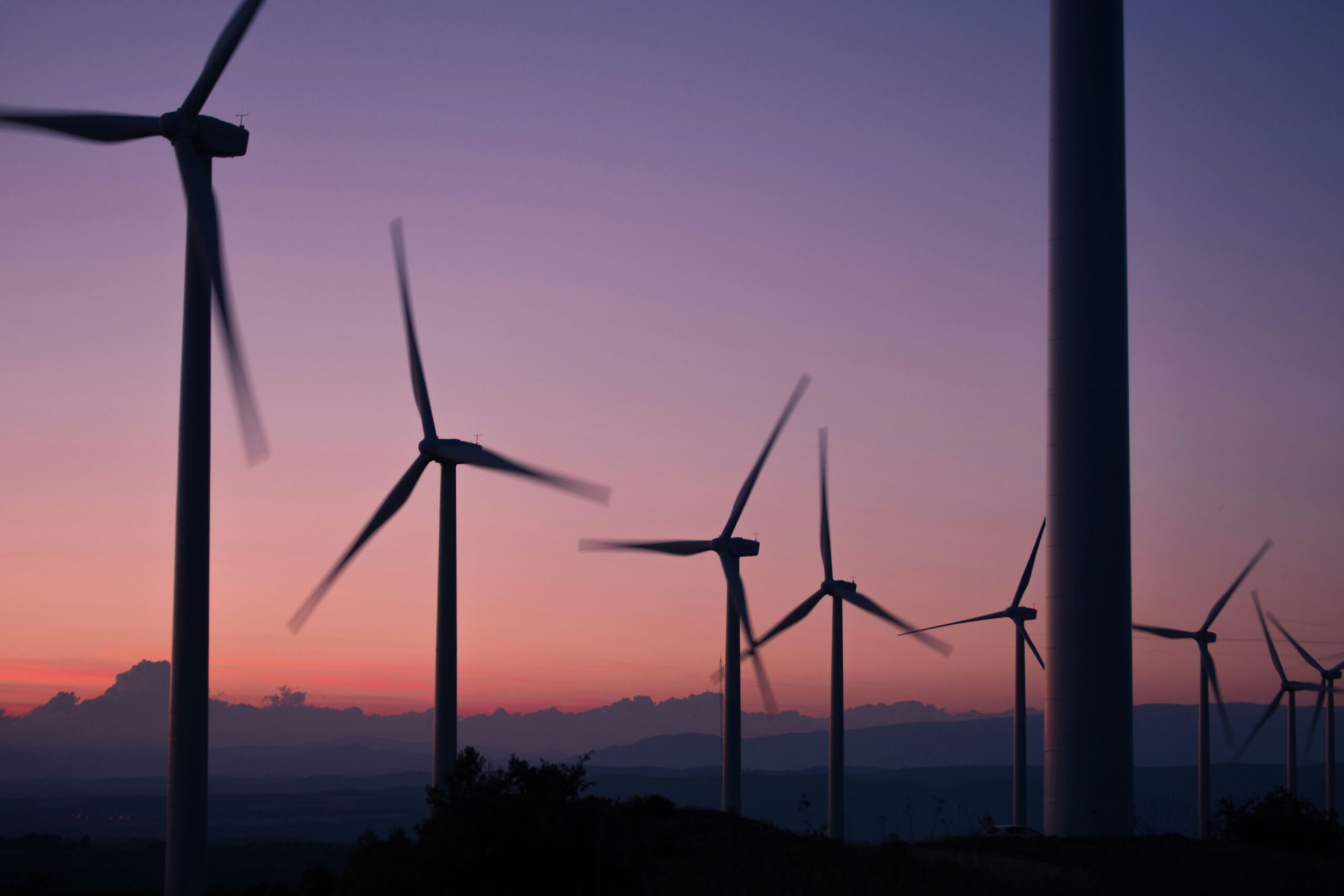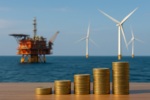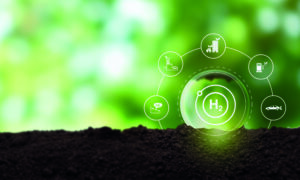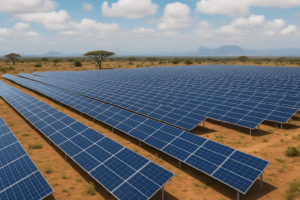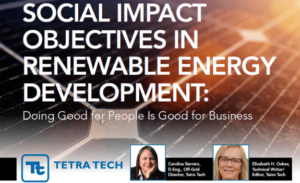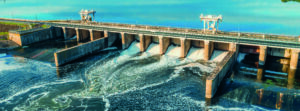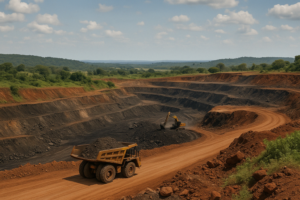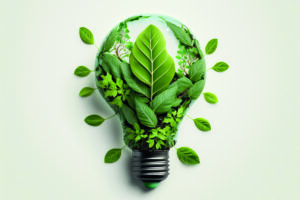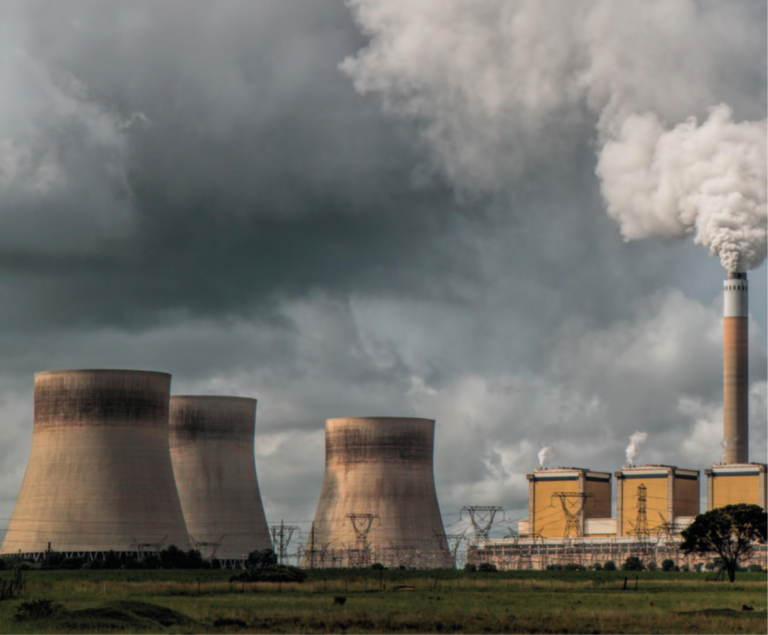
African Energy Data
Africa’s electricity supply industry gaining momentum despite crises and delays.
In common with other industries, Africa’s power sector has suffered major challenges during the Covid-19 pandemic, resulting in delays, cancelled projects, and new ways of working. Problems remain, but there are indications that some momentum is returning.
2021 marked a low point for new capacity being brought online in Africa, preliminary figures from African Energy Live Data show, in a blow for ambitions to industrialise. A net 5,733MW was added to the continent’s grid during the year, the lowest figure since 2012. While 2020 saw some recovery towards the end of the year as projects at advanced stages of construction were able to make the final push following the initial lockdowns, projects at an earlier stage of construction or late stage of development were more severely impacted by pandemic restrictions resulting in delays across the board in 2021.
Travel restrictions proved particularly problematic early in the pandemic, with some companies withdrawing from projects as staff could not travel while others struggled to bring in specialists. As the pandemic has gone one, the increasing cost of key components and logistics has undermined business cases, with an exaggerated impact in Africa where development timelines are often drawn out, increasing the inflationary effect on financial models. Cost inflation for developers is proving a significant problem for often too slow procurement programmes, with bidders struggling to anticipate price rises sometimes years in the future when setting out their bids.
Russia’s invasion of Ukraine and continued lockdowns in China mean that these pressures continue to have an impact and many projects which had been scheduled to begin operating in 2021 will not produce their first electrons until late in 2022 and in some cases 2023.
Constrained national budgets and growing debt even before the pandemic, coupled with weak growth, has reduced African governments’ ability to underwrite the power sector. Most African governments provide subsidies to loss-making utilities and are often asked to provide guarantees to private developers. The result has been a dramatic reduction in power purchase agreements (PPAs) signed with independent power producers. Live Data recorded PPAs signed for 1,479MW new capacity in 2021 compared with 5,417MW in 2020 when national authorities were more optimistic that the impact of the pandemic would be short-lived. The five-year annual average 2016-2020 was 4,410MW.
Image: Graph1
Has the industry turned a corner?
There are signs that the industry is slowly turning a corner. Reforms in major markets such as South Africa and Nigeria are still at a very early stage and will require skilful implementation by policymakers. Slowdowns in new capacity additions in North Africa as well as major sub-Saharan markets such as Ghana, Kenya, Nigeria, and South Africa had impacting new capacity even before the pandemic. Net new capacity added in 2019 was 9,115MW, down from a five-year average of 12,400MW in the years 2014-18 as the attention of policymakers and development finance institutions turned towards bottlenecks in transmission and distribution as well as sector liquidity.
However, developers, financiers, and construction companies are reporting healthy deal flow, driven in particular by renewable energy projects. Growth in solar and wind capacity remained relatively robust during the pandemic, with a combined 1,451MW new on-grid solar and wind capacity added in 2021 and 1,556MW in 2020, compared with a five-year average of 1,466MW 2015-19.
Rising oil and gas prices may add further impetus to renewable energy development. Diesel prices have increased dramatically in the wake of Russia’s invasion of Ukraine, hitting African businesses and utilities that remain heavily reliant on generators and impacting governments’ balance of payments.
The 2021 slowdown was driven by fewer projects coming online in North Africa, where massive investment programmes implemented in the second half of the 2010s culminated in 2018 with a massive 14.8GW being brought online in the region alone. But new capacity has been added in Sub-Saharan Africa at a relatively steady rate, with 3,394MW added in 2021, 3,140MW in 2020, and 3,579MW in 2019. While a slowdown on the middle of the decade, a glut of projects during the earlier period exposed bottlenecks elsewhere in the supply chain which has delayed the addition of more capacity.
Private sector investment also remained relatively consistent during the pandemic. A net 2,283MW of privately owned capacity was added to the grid in 2021 and 2,026 in 2020, compared with a five-year average of 2,530MW/yr 2015-19. State-owned projects continue to be more significant for the grid, accounting for 76% of net new capacity added each year on average.
Public investment has focused on baseload and dispatchable technologies. Of the net 3,705MW new state-owned capacity added in 2021, 2,047MW was gas, 1,200MW coal, and 325MW hydropower. In contrast, the private sector is heavily invested in renewable energy, with 717MW of the 2,283MW net new privately-owned capacity solar and 672MW wind.
This is typical of the division of investment in recent years. Between 2017 and 2021, 75% of new state-owned capacity was gas, 11% coal, and 11% hydropower. If North Africa is excluded, 40% of new state-owned capacity was hydroelectric and 39% coal, followed by 9% liquid fuels (mostly diesel and heavy fuel oil) and 8% natural gas. Private investment across the continent as a whole has been only slightly more diversified, with solar capacity accounting for 38% of new privately-owned capacity added over the period. 25% was wind, 12% coal, 9% gas and 7% hydropower.
The resilience of private sector investment is encouraging but ensuring that public and private interests align remains critical to creating a sustainable investment climate. Utilities have on some occasions struggled to accommodate variable renewable power onto intermittent networks or into markets without the right contractual and market structures to make the most of the technologies. Public and private investments need to be made with a clear view of the best allocation of risk, competence, and financial capability.
The rise of C&I solar
As investors have become frustrated with a lack of on-grid opportunities, forcing them to fight aggressively for the most promising projects, they have taken advantage of technological and business innovation – as well as the availability of climate-linked finance – to move into commercial and industrial (C&I) solar. Africa has a number of increasingly well-established solar PV developers specialising in C&I solar and is starting to see larger utility-scale developers move into the space. The sector has also attracted significant institutional investment over the last few years.
Live Data does not have comprehensive figures for off-grid and embedded generation but several trends are clear. While Live Data has not recorded significant changes in the overall amount of new off-grid and embedded – power plants supplying grid-connected customers and so ‘embedded’ within the grid but not supplying it – capacity, the breakdown of technologies has begun to change.
Between 2010 and 2015, the traditional technologies of liquid fuels, natural gas, and biomass (largely from bagasse, a by-product of sugar cane production) accounted for an average of 88% of all off-grid and embedded capacity added. But 2016-2021 showed a rapid shift towards solar, wind, and battery technologies. These accounted for 35% of net new capacity over the period, but more than 50% in 2019 and 2021. In 2021, more solar capacity was added than any other technology, accounting for 40% of the total. The technology averaged 30% of new off-grid and embedded capacity added each year between 2018 and 2021.
Not out of the woods
Tough times will continue for some time as the shockwaves from multiple crises work their way across the continent over the next few years. However, there is optimism in the industry that deal flow is improving and that reforms in major markets will begin to bear fruit. At the same time, the appetite amongst investors for exposure to renewable energy projects on the continent remains strong and growing. But it is also clear that the scale of investment and rate of increase of installed capacity must grow by an order of magnitude for Africa to come close to achieving its urgent electrification and industrialisation goals.


